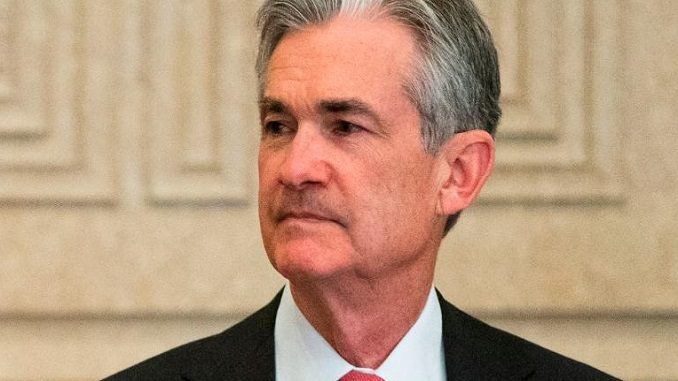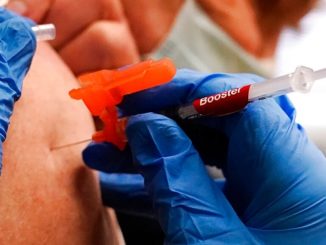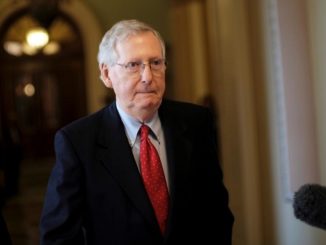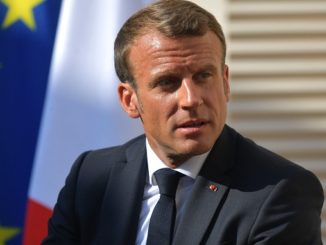
The U.S. Federal Reserve last month signaled that interest rates are likely to stay at zero through 2023, vowing to wait on rate hikes until inflation reaches 2% and is set to rise moderately above that level for a time, Reuters reports.
How much above 2%, for how long, and how the central bank might speed the process forward – the new guidance doesn’t say.
Minutes of the Fed’s September meeting to be published Wednesday at 2 p.m. EDT (1800 GMT) should provide a window into the Fed’s internal debate on those issues and, perhaps, some new answers on what it will mean in practice.
With an ongoing pandemic that’s claimed more than 210,000 U.S. lives and a recession that has left millions without jobs, it’s clear there is a lot at stake.
Fed Chair Jerome Powell warned Tuesday that the outlook for the U.S. economy is “highly uncertain,” and that too little policy support could lead to more household and business insolvencies and “recessionary dynamics” where a weak recovery feeds on itself.
The minutes may show how widely shared that concern is.
In remarks since the September meeting, St. Louis Fed President James Bullard for one has said he expects the U.S. economy to notch a near-full recovery from the coronavirus recession by year’s end.
On the other end of the spectrum is Boston Fed President Eric Rosengren, who has warned that a second wave of Covid-19 this fall and winter could set the recovery back and create a credit crunch.
With just a few weeks until Nov. 3 when Americans pick their next president, which way the economy develops could spell a very different policy environment for whoever wins at the ballot box.
The Fed’s September decision drew two dissents. Dallas Fed President Robert Kaplan thought it tied the Fed’s hands unnecessarily. Minneapolis Fed President Neel Kashkari wanted an even higher bar for future rate hikes.
But even among those who supported the decision, the minutes may show a range of views on how it should be carried out. Of particular interest will be any evidence of appetite for adding to the Fed’s $7.1 trillion stash of bonds and other assets to ease policy further, either soon or once the recovery is further along.
Fed policymakers appear divided on how high the Fed should try to push inflation, which for years has failed to meet the Fed’s 2% target and is expected to end this year well below that level.
Chicago Fed President Charles Evans wants to get core inflation up to 2.5%, and for it to stay there for a while. Kaplan, by contrast, said last week he would be uncomfortable with 2.5% inflation, and worries about excess risk-taking with rates at zero for too long.




Be the first to comment